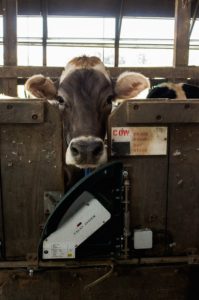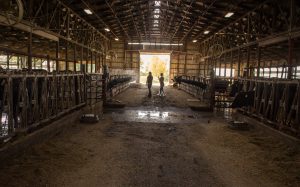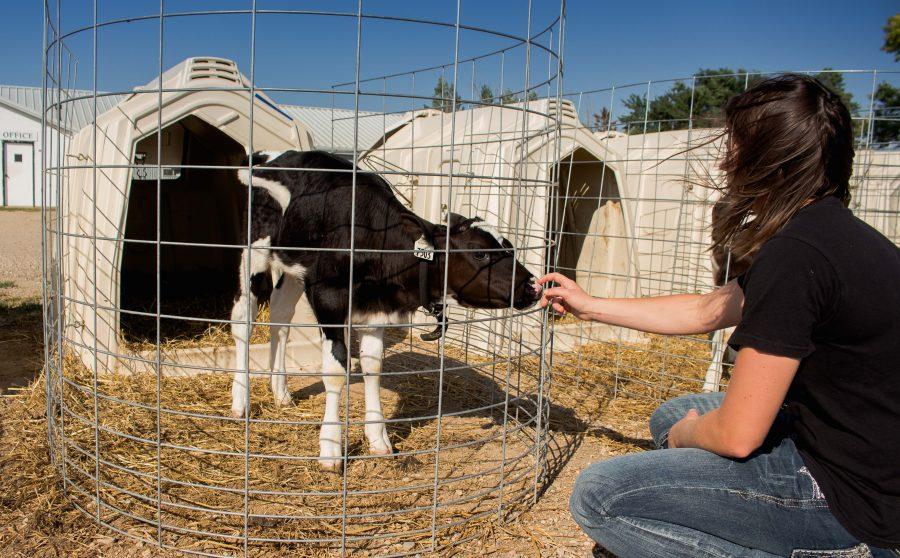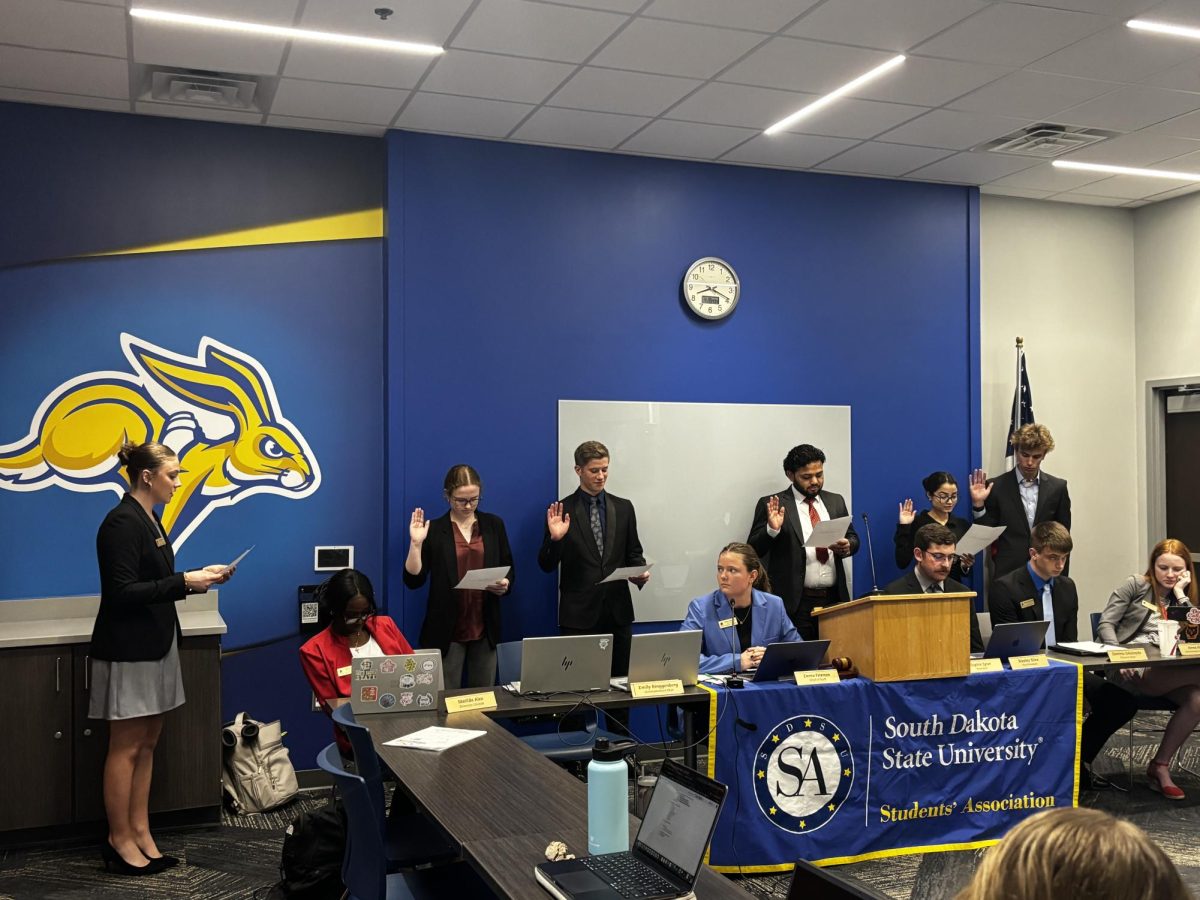First located where Briggs Library is on campus, the Dairy Research and Training Facility is constantly adapting new technologies and techniques.
Introduced in 1907 as Dairy Husbandry, the Dairy Science Department’s undergraduate and graduate students attain real-life skills at the Dairy Research and Training Facility.
“This is what grew my education; this farm right here,” said Chelsea Schossow, a graduate research assistant who often works in the facility.
The facility moved to its current location, a mile and a half north of campus, in the 1960s and is where milk production and research takes place today. New developments in the dairy industry keep the mostly student-run facility on its toes.
“In 1994, we built a new one, which is also in that same location, just to keep up with the technology and the new developments in dairy production,” said Vikram Mistry, head of the Dairy Science Department.
The facility currently milks around 130 head of Holstein and Brown Swiss dairy cattle twice a day with a total of around 300 cattle on site. The average dairy farm has around 500 head. The facility itself serves more purposes than using the milk to help make SDSU’s signature ice cream, though.

“The purpose of our dairy unit is teaching and research and a little bit of service, so we have classes that take place there and research that takes place there,” Mistry said.
Recently, their research has switched gears as they focus on the future.
“Years ago we were focusing on lactating cows because that’s where the money is. That’s where you’re getting your money right away because of the milk check,” Schossow said. “But you think about these calves and heifers, they’re our future milk cows, so we’ve started to look more at their research with that nutrition.”
The calves live in individual hutches for approximately two months, then join “group housing” with a handful of other calves they can interact with.
The milking, also known as lactating, cows are housed in a free-stall barn, which means the cows are free to move, drink and eat at their leisure.
The free-stall barn has fans and sprinklers installed that are temperature regulated to keep the cows at a healthy body temperature. Lactating cows are milked at 5 a.m. and 5 p.m. every day in the milking parlor.
Schossow said the parlor is also used to measure how much milk they attain from each individual cow as well to help monitor their health. The amount of milk each cow produces has increased over the years, partly due to nutrition research and genetic advances.
The facility uses reproductive advancements such as flushing and embryo transfer. Both processes allow the producer to get more offspring from an elite animal in their herd.

Graduate research assistant Chelsea Schossow shows reporter Alison Durheim the dairy cattle housing Friday, Sept. 22 in the Dairy Research and Training Facility.
Undergraduate and graduate students assist with procedures like embryo transfer and research at the facility to gain hands-on experience and assist in daily tasks and conducting tours.
“I had class out here once a week, this is what made my undergrad what it was and what made me decide to go on to my Master’s,” Schossow said.
Preparing students for the workforce is one of their main focuses.
“Our product really is not milk, but it’s graduates,” Mistry said.


















